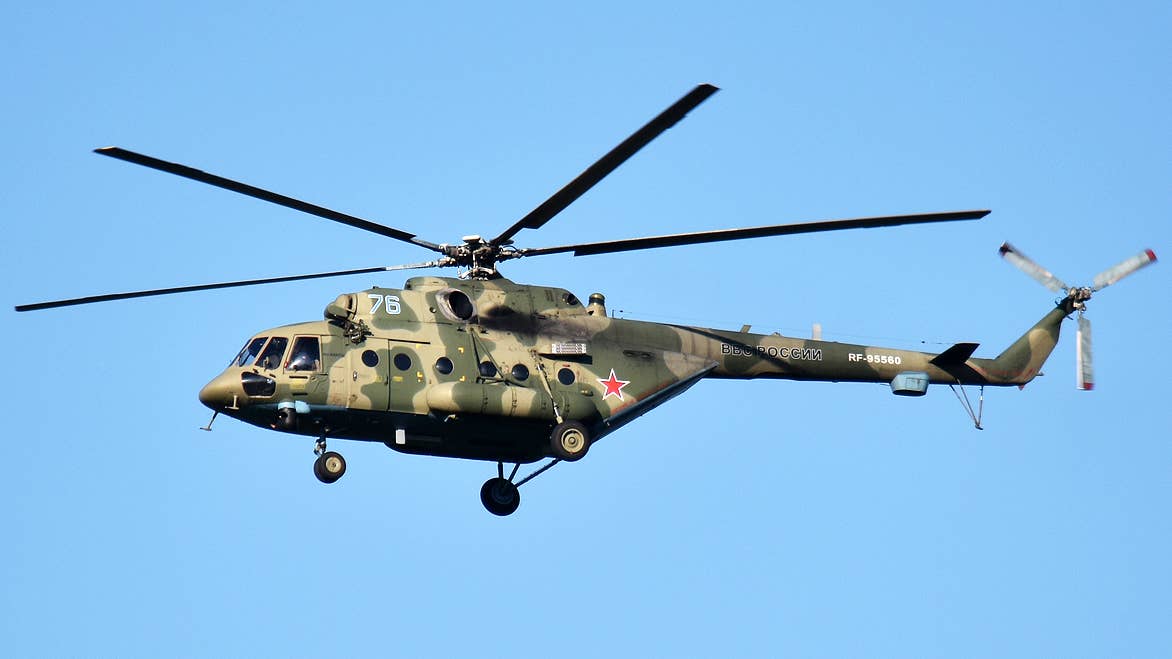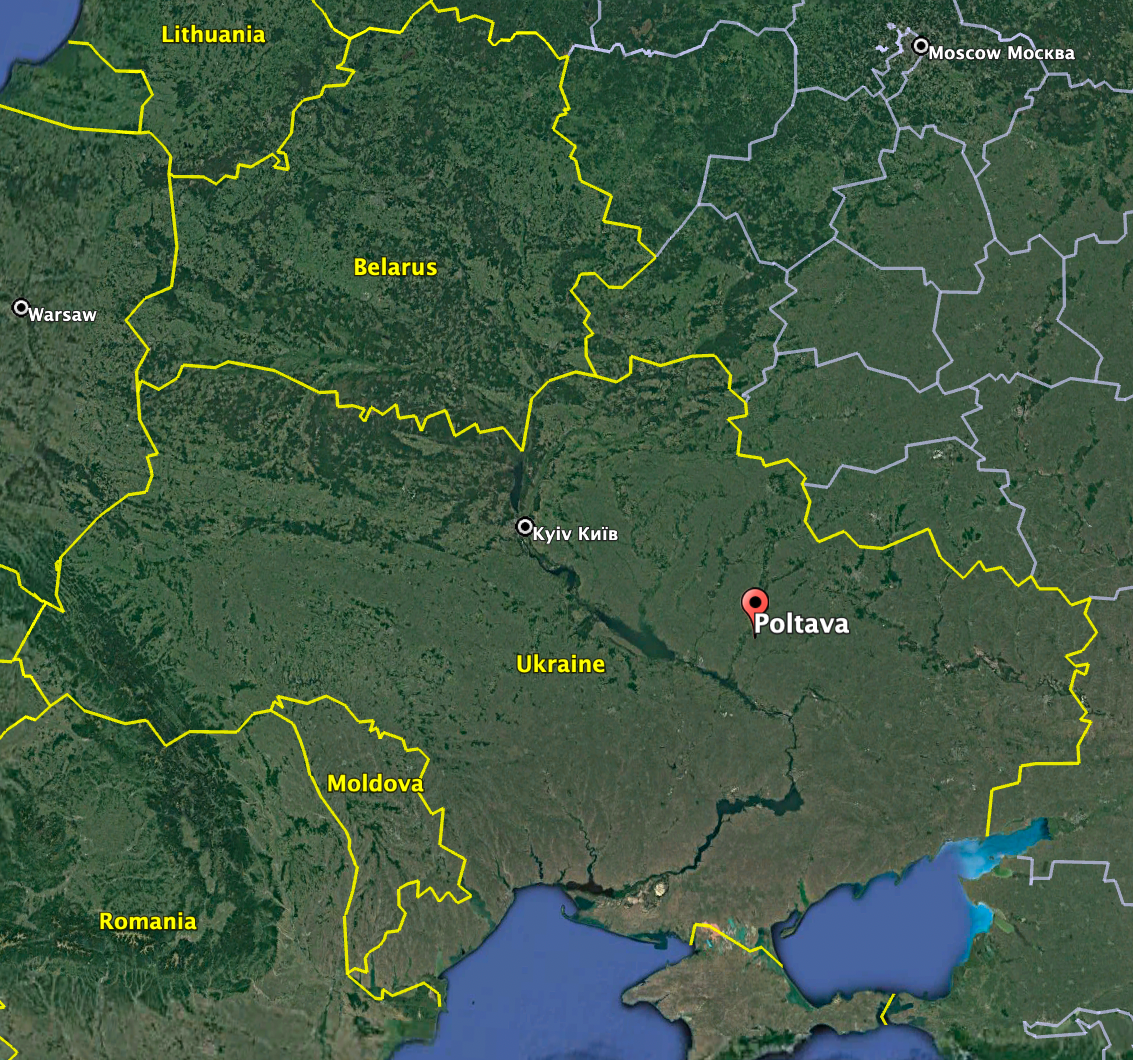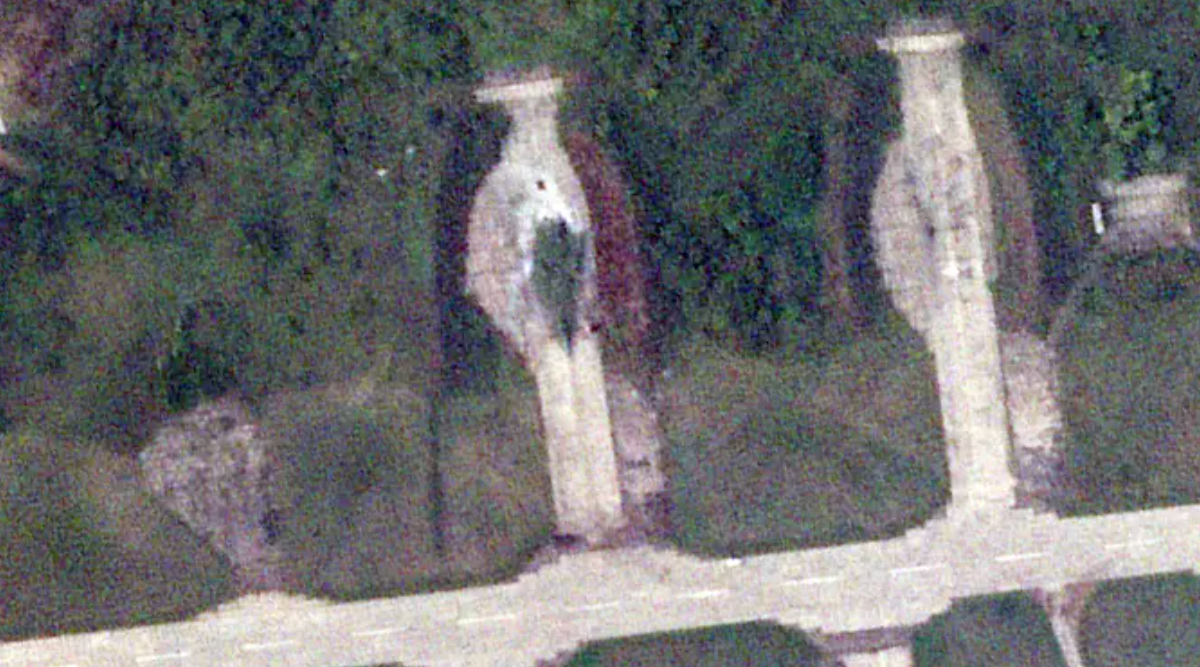THOMAS NEWDICK

In what’s probably one of the more remarkable stories to come out of the Russia-Ukraine air war, reports emerged today of an apparent defection to Ukraine by a Russian Aerospace Forces (VKS, in its Russian abbreviation) Mi-8AMTSh Hip combat transport helicopter, in what is claimed to have been a long-planned Ukrainian intelligence operation.
If true, not only did the Mi-8 and at least some of its crew end up in Ukrainian hands, but the helicopter’s cargo consisted of undisclosed parts for VKS Su-27 and Su-30SM Flanker fighters, which were being transported between two airbases. That is the claim made by the Ukrainska Pravda newspaper, citing sources in Ukrainian defense intelligence, and the chief of Ukraine’s Main Directorate of Intelligence has also confirmed the basics of the story.
Those Russian airbases have not been named, and the exact route taken by the helicopter into Ukraine is unclear, although there are suggestions it landed somewhere near Poltava, in central Ukraine.

The reports suggest that Ukraine’s Main Directorate of Intelligence planned the operation over a six-month period, before achieving success. The pilot of the Hip was apparently convinced to defect, with members of his family already having been moved to Ukraine for their own safety. It is not known if there was also a financial incentive, but that would not be unheard of in this kind of situation.
The most comprehensive account of the incident was provided by the head of the Main Directorate of Intelligence, Kyrylo Budanov, speaking to Radio Free Europe/Radio Liberty. He confirmed that the operation had happened, stating:
“We were able to find the right approach to the man, we were able to create the conditions to take out the whole family unnoticed, and ultimately create the conditions so that he was able to overrun this aircraft with a crew that did not know what was going on. When they realized where they had landed, they tried to run away. Unfortunately, they were destroyed; we would have liked to [take them] alive, but we have what we have.”
Budanov said the captured helicopter was now in Kyiv and that the pilot wanted to stay in the country.
Russian sources also confirmed that a VKS Mi-8ATSh had ended up in Ukraine, bu provided different reasons as to why. According to Fighterbomber, a prominent pro-Russian military channel on Telegram, the incident took place “a couple of weeks ago,” after the helicopter’s crew lost their way.
“The crew, for some reason, lost their bearings and crossed the border,” Fighterbomber stated, as well as confirming that a photo circulating in Ukrainian media was that of the Mi-8 involved.
The Mi-8 crossed the border into Ukraine with three individuals on board, Fighterbomber says, although the identity of the others is unclear. For normal transport missions, the Mi-8AMTSh is operated by a crew of three: pilot, pilot-navigator, and flight technician.
Fighterbomber also refuted claims that the pilot’s family had been moved to Ukraine in advance and said that they were in contact with relatives of all crew members.
The same Russian source also agreed that two crew members were likely killed, in an apparent firefight with Ukrainian soldiers:
“Realizing where they landed, [the crew] attempted to take off, but were shot while the helicopter was on the ground. Presumably, two crew members died, and the commander was taken hostage.”
None of these specifics can be independently verified, at this stage.
Not surprisingly, for an operation of this scope, Ukrainian officials have otherwise provided little in the way of detail.
However, Andriy Yusov, a spokesperson for Ukraine’s Main Directorate of Intelligence, told state television: “There will be official information. We need to wait a little bit — we are working on it, including with the crew.”
That statement would seem to cast doubt on claims that both other crew members had been killed.
At the same time, Yusov appeared to confirm the general aspects of the incident, including that a Mi-8 had landed in Ukraine.
That’s not to say the Hip might not genuinely have become lost and accidentally crossed the Ukrainian border before landing in hostile territory. It could also potentially have been forced down by enemy action or a technical malfunction.
On the other hand, a defecting and compliant VKS combat pilot would be a very valuable intelligence windfall for Ukraine. As one of the latest versions of the long-established Mi-8 Hip design, the Mi-8AMTSh may also be of interest for closer examination, especially if fitted with some of the more modern Russian self-protection equipment.
Meanwhile the various Flanker jet parts — depending on what exactly they consisted of — could potentially yield even greater intelligence benefits. All this could be useful for Ukrainian allies, too, with an established intelligence-sharing program to better understand various bits of Russian defense technology and tactics and share these lessons.
Either way, the incident is another embarrassment for the Russian Armed Forces and the VKS in particular.
Just three days ago, an apparent Ukrainian drone strike on Soltsy-2 airbase in Russia destroyed at least one Tu-22M3 Backfire bomber, evidence of which we were able to look at in more detail thanks to satellite imagery that emerged yesterday.
 A
AThat incident, taking place more than 400 miles north of the Ukrainian border, was just the latest in a string of Ukrainian attacks, or attempted attacks against the VKS outside of Ukraine. These have mainly targeted VKS bombers, but also highly valuable airborne early warning platforms, at bases in Russia, Russian-occupied Crimea, and Belarus.
While the bombers of the VKS have maintained a steady campaign of mainly missile strikes against Ukrainian targets, including civilian ones, the tactical aviation arm — including helicopters — has been generally less effective, especially against Ukrainian ground-based air defenses, which have extracted a heavy toll. As a result, the VKS has not yet managed to establish air superiority over Ukraine, despite the much inferior equipment and small size of the Ukrainian Air Force.
Nevertheless, there are signs that the VKS has been more successful in holding back the ongoing Ukrainian counteroffensive, with attack helicopters in particular scoring valuable kills against Ukrainian armor. At the same time, changing tactics have seen VKS tactical jets lobbing glide bombs against battlefield and infrastructure targets, in a tactic against which Ukrainian air defenses are apparently impotent — at least for the time being.
The VKS was also struck another blow today, when its commander, Gen. Sergei Surovikin, was relieved of his command. His became the highest-level sacking yet of a military commander, after Yevgeny Prigozhin’s abortive mutiny in June. Prigozhin had previously publicly voiced his support for Surovikin, which seems to have sealed the general’s fate.
The fallout from that attempted coup may have also claimed the life of Prigozhin, whose business jet crashed in northern Russia today, killing all on board, as you can read about here.
Surovikin was put on extended leave before being removed and the repercussions may well extend beyond the VKS. After all, there are now questions about whether Surovikin was aware of the plans for the mutiny or perhaps even aided it.
Taken together with the reported Mi-8AMTSh defection, this has turned out to be an altogether highly unfortunate day for the beleaguered Russian Aerospace Forces.
No comments:
Post a Comment